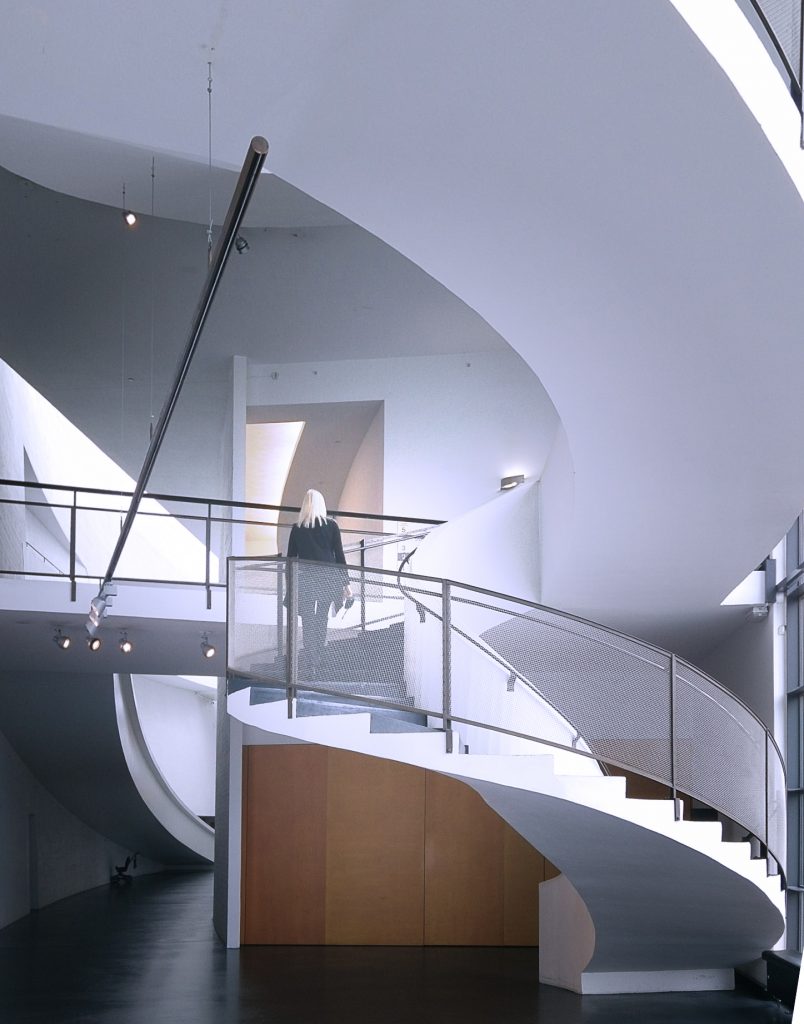Avner Pariat
Ko Mei Mynnor, phi la iohthiah jlang
Phi la jah nangne bad phi poi syngkhor halor ki lum
Phi la tap nep ïa la ka met da ki khlaw rben
Kiba bun kim thud shuh ïa phi
Ki leit kdup ïa kiwei pat ki kmie
Mei Mynnor, nga kwah ban iohsngew biang ïa ki khana jong phi
Ngan ai um lada phi jnang ne sohkdiah
Iathuh, mei, ïa nga kiei ba phi la dep leh ha ki por hyndai
Ngan sngap, mei, ngam khih nangne
Ki don kiwei kiba wan sngap ïa ki khana jong phi ban tan sha lade
Ki wad ban pyntreikam biang ïa phi
Kim wad ban pynim biang ïa phi
Kim wad ba ki ieid ïa phi
Ki wan ba ki donkam.![]()


